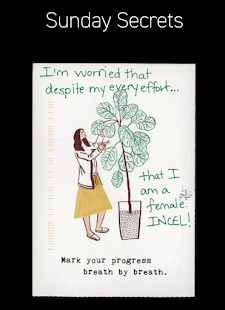Divergent streams- Hannah S.
This chapter really made me appreciate just how electronic literature has gone into so many different spaces. While the textbook chapters before this have explored countless ways E-lit has broadened, this chapter opened me up to even more creative avenues. I loved the idea of the locative narratives, using locations and maps to tell a story sounds like an amazing adventure. It also adds stories to the locations, like we did in class on google earth. Exploring the relationship between the physical space and the literature space is something that is very hard to explore in a physical book. I think this is also nice since we as humans are already tracked so much with out technology, why not make something creative out of it! As the chapter points out, each new development in technology provides a new set of tools to work with.
I looked into "Wax, or the Discovery of Television Among the Bees" by David Blair (not the one from UNH:( ) The film was made in 1991 and was deemed utterly unclassifiable by viewers. A website i found about it described it as, "Wax combines virtually every type of developing visual imagery of its time" and that it seems like a film by a paranoid android. The movie follows a man who became a bee keeper and was taken prisoner by the bees. The bees then put a television in his brain and turn him into an assassin. He then finds that the key to his identity is within understanding the Bees. Of course, the film faced criticism for basically the whole film, yet some called it ahead of its time.



I'm so sad to hear it was not the David Blair from UNH :(. I'm doing a project about a beekeeper right now in my Advanced Reporting class. Thankfully, my beekeeper has not been taken prisoner by bees. That movie sounds so strange but very cool! Can't wait to hear more about it in class!
ReplyDelete